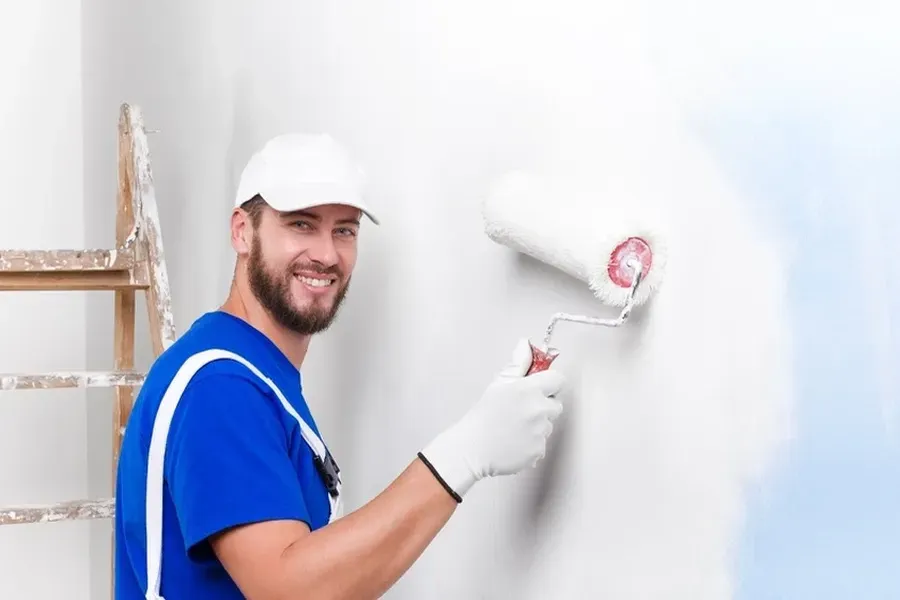Why Proper Preparation Is Key to a Quality Paint Job
Surface preparation is a vital step in any painting project. It ensures that paint adheres properly and lasts longer. Without this, even the best paints can fail to deliver their promise of beauty and durability. A well-prepared surface leads to fewer problems down the road, saving time and money. Understanding the steps involved in proper prep work can drastically improve the outcome of your painting efforts.

Benefits of Thorough Surface Preparation
A well-prepared surface offers several benefits. First, it allows the paint to adhere better, which prevents peeling and flaking. Second, it results in a smoother finish, enhancing the room’s aesthetics. Third, good prep work helps hide imperfections like scratches or dents, making walls look fresh and new. These benefits underscore why taking the time to do thorough surface preparation is essential before starting any interior painting services.
Common Problems From Poor Surface Prep
Skipping or rushing through surface prep often leads to common issues such as uneven texture and poor adhesion. This lack of care can result in blistering, peeling, and early wear. Such problems mean extra costs and effort over time. Rushed jobs can also lead to unsightly finishes that do not hold up well under scrutiny. For these reasons, investing in quality surface prep is critical when considering interior painting services.

Steps for Effective Surface Preparation
The process of preparing a surface properly involves several steps:
- Clean the walls thoroughly to remove dust and grease.
- Repair holes and cracks with filler for a smooth base.
- Sand surfaces to ensure they are even and ready for paint.
- Apply primer to help the paint adhere and last longer.
By following these steps, you create an ideal canvas for painting, ensuring long-lasting results.
Expert Tips for Best Results
Professionals recommend some best practices for achieving superior paint jobs. Use high-quality materials such as primers and fillers designed for specific wall types. Always allow ample drying time between each step. Consider environmental factors like humidity levels, which can affect drying times. Lastly, employ tools like rollers and brushes designed for the type of paint being used.
Industry Standards in Surface Preparation
Adhering to industry standards ensures consistent quality across projects. Standards include guidelines on cleaning methods, types of primers recommended for different surfaces, and safety protocols during prep work. Following these standards not only improves the final outcome but also enhances the project’s overall efficiency and safety.
Cost Considerations for Surface Prep
While surface prep may add initial costs to a project, it ultimately saves money by extending the lifespan of the paint job. The expense covers materials like sandpaper and primers. However, these investments reduce future maintenance costs significantly by preventing premature deterioration.
Recommendations for Your Next Project
To achieve the best results in your next painting project, prioritize surface prep as a key part of the process. Understand that this investment pays off with durable finishes that stand the test of time. Located in San Antonio, TX, our team at Alvarado Stucco specializes in delivering exceptional results through meticulous preparation and execution. Contact us today at (726) 217-1146 for expert advice and professional service.